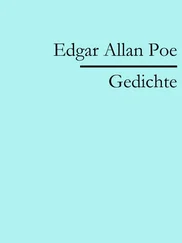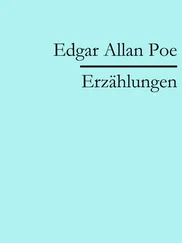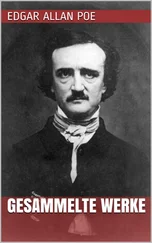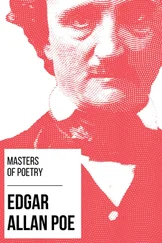Allan T. Kirkpatrick - Internal Combustion Engines
Здесь есть возможность читать онлайн «Allan T. Kirkpatrick - Internal Combustion Engines» — ознакомительный отрывок электронной книги совершенно бесплатно, а после прочтения отрывка купить полную версию. В некоторых случаях можно слушать аудио, скачать через торрент в формате fb2 и присутствует краткое содержание. Жанр: unrecognised, на английском языке. Описание произведения, (предисловие) а так же отзывы посетителей доступны на портале библиотеки ЛибКат.
- Название:Internal Combustion Engines
- Автор:
- Жанр:
- Год:неизвестен
- ISBN:нет данных
- Рейтинг книги:5 / 5. Голосов: 1
-
Избранное:Добавить в избранное
- Отзывы:
-
Ваша оценка:
Internal Combustion Engines: краткое содержание, описание и аннотация
Предлагаем к чтению аннотацию, описание, краткое содержание или предисловие (зависит от того, что написал сам автор книги «Internal Combustion Engines»). Если вы не нашли необходимую информацию о книге — напишите в комментариях, мы постараемся отыскать её.
New engine technologies and concepts Effects of engine speed on performance and emissions Fluid mechanics of intake and exhaust flow in engines Turbocharger and supercharger performance analysis Chemical kinetic modeling, reaction mechanisms, and emissions Advanced combustion processes including low temperature combustion Piston, ring and journal bearing friction analysis The
expands on the combined analytical and numerical approaches used successfully in previous editions. Students and engineers are provided with several new tools for applying the fundamental principles of thermodynamics, fluid mechanics, and heat transfer to internal combustion engines.
Each chapter includes MATLAB programs and examples showing how to perform detailed engineering computations. The chapters also have an increased number of homework problems with which the reader can gauge their progress and retention. All the software is ‘open source’ so that readers can see in detail how computational analysis and the design of engines is performed. A companion website is also provided, offering access to the MATLAB computer programs.
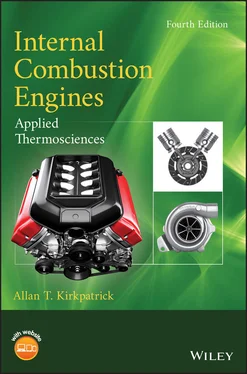
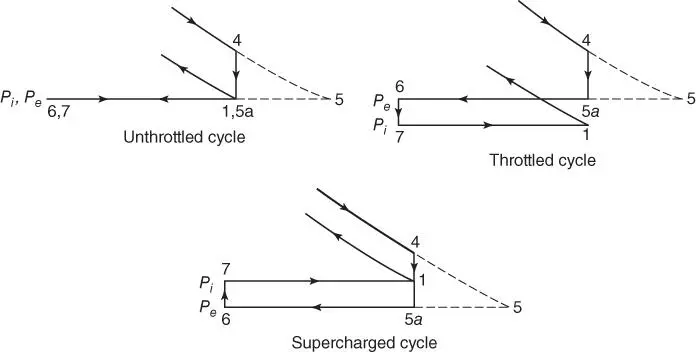
 inlet pressure,
inlet pressure,  exhaust pressure.
exhaust pressure. , is large enough to produce sonic flow at the valve so that the pressure in the cylinder rapidly drops to the exhaust manifold pressure,
, is large enough to produce sonic flow at the valve so that the pressure in the cylinder rapidly drops to the exhaust manifold pressure,  , and the constant volume approximation is justified. The remaining gas in the cylinder that has not flowed out through the exhaust valve undergoes an expansion process. If heat transfer is neglected, this unsteady expansion process can be modeled as isentropic. Note that both the closed valve expansion from 3 to 4 and the open valve expansion from 4 to 5 are modeled as isentropic processes.
, and the constant volume approximation is justified. The remaining gas in the cylinder that has not flowed out through the exhaust valve undergoes an expansion process. If heat transfer is neglected, this unsteady expansion process can be modeled as isentropic. Note that both the closed valve expansion from 3 to 4 and the open valve expansion from 4 to 5 are modeled as isentropic processes.

 . Since internal combustion engines have a clearance volume, not all of the gases will be pushed out. There will be exhaust gas left in the clearance volume, called residual gas. This gas will mix with the incoming air or fuel–air mixture, depending on the location of the fuel injectors.
. Since internal combustion engines have a clearance volume, not all of the gases will be pushed out. There will be exhaust gas left in the clearance volume, called residual gas. This gas will mix with the incoming air or fuel–air mixture, depending on the location of the fuel injectors.





 , is the ratio of the residual gas mass,
, is the ratio of the residual gas mass,  , in the cylinder at the end of the exhaust stroke (state 6) to the mass,
, in the cylinder at the end of the exhaust stroke (state 6) to the mass,  , of the fuel–air mixture:
, of the fuel–air mixture:


 9,
9,  101 kPa,
101 kPa,  500 kPa, and
500 kPa, and  1.3, the residual fraction
1.3, the residual fraction  0.035. Since heat transfer to the cylinder walls is neglected in this analysis, this analysis will underpredict the actual residual fraction. Typical values of the residual gas fraction,
0.035. Since heat transfer to the cylinder walls is neglected in this analysis, this analysis will underpredict the actual residual fraction. Typical values of the residual gas fraction,  , are in the 0.03 to 0.12 range. The residual gas fraction is lower in Diesel cycle engines than in Otto cycle engines, due to the higher compression ratio in Diesel cycles.
, are in the 0.03 to 0.12 range. The residual gas fraction is lower in Diesel cycle engines than in Otto cycle engines, due to the higher compression ratio in Diesel cycles.
